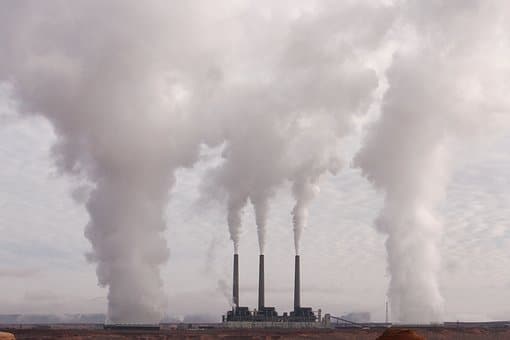U.S. EPA Reverses Finding That Formed Basis for Obama-Era Power Plant Mercury Rules

The U.S. Environmental Protection Agency on April 16 issued a final rule concluding that it is not appropriate and necessary to regulate hazardous air pollutant emissions from coal- and oil-fired power plants, rescinding a 2016 supplemental cost finding that formed the basis for the Mercury and Air Toxics Standards, or MATS. The agency said that the projected annual compliance costs, which range from $7.4 billion to $9.6 billion, dwarfs the monetized benefits estimated at $4 million to $6 million. The MATS rule will stay in place despite the reversal of the “appropriate and necessary” finding.
In 2015, the U.S. Supreme Court ruled that the agency erroneously determined that costs did not have to be considered when making the “appropriate and necessary” finding. In response, the agency issued a supplemental finding concluding that the cost consideration did not alter its previous finding. The agency finalized finding based on its review of the 2012 rule’s estimated costs using two approaches. The agency’s first and preferred approach assessed whether compliance costs were reasonable based on the industry’s historical annual revenues and capital expenditures, retail electricity rates, and potential reliability impacts. The second one made a direct comparison of the compliance costs and the benefits, including co-benefits.
In its latest action, EPA found that the co-benefits which come from reducing pollutants other than those targeted identified by the prior administration are insufficient to support the finding “in light of the gross imbalance of monetized costs and hazardous air pollutant benefits.” When the rule was issued in 2012, the agency emphasized that ancillary benefits, including reducing emissions of particulate matter and sulfur dioxide, which are not covered by MATS, would result in quantifiable benefits of $37 billion to $90 billion per year.
The final rule also includes a legally required eight-year “residual risk and technology review,” which found that no changes to the 2012 standards are warranted. Electric utility groups including the American Public Power Association, Edison Electric Institute, and National Association of Rural Electric Cooperatives, wrote to the EPA in June urging the agency to speed the reviews and leave the underlying MATS rule in place. The groups said that industry spent over $18 billion to comply with the rule, reducing mercury emissions by nearly 90 percent over the past decade.
Coal plant retirements were highest in 2015, due in part to stricter emissions standards required by the MATS rule, which took effect in April of that year, according the Energy Information Administration.
The move the undermine the MATS rule is the latest in the series of EPA decisions around air quality standards. Prior to this action, the agency proposed to keep particulate matter standards unchanged. In March, the agency finalized a rollback of Obama-era vehicle fuel efficiency standards.
EnerKnol Pulses like this one are powered by the EnerKnol Platform—the first comprehensive database for real-time energy policy tracking. Sign up for a free trial below for access to key regulatory data and deep industry insights across the energy spectrum.
ACCESS FREE TRIAL